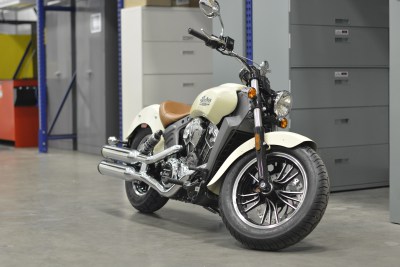New AMSOIL Brake Fluid and Brake & Parts Performance and Reliability New DOT 3 & 4 Synthetic Brake Fluid (BFLV), DOMINATOR® DOT 4 Synthetic Racing Brake Fluid (BFR) and Brake & Parts Cleaner (BPC) help boost the performance, safety and reliability of brake systems. AMSOIL DOT 3 & 4 Synthetic Brake Fluid, AMSOIL DOMINATOR […]
You are browsing archives for
Month: June 2017
What are CAFÉ Standards?
What are CAFÉ Standards? John Baker|May 08, 2017 1:22 PM Back in March, news hit that the Trump administration was considering reevaluating the corporate average fuel economy (CAFÉ) standards that mandate fleet-wide fuel economy of 54.5 mpg by 2025. Some claim the standards are too strict, will cost jobs and will take money from people’s […]
Outboard Synthetic 2-Stroke Oil Keeps 19...
Outboard Synthetic 2-Stroke Oil Keeps 1974 Evinrude Running Str So many variables determine the life expectancy of an outboard motor that it’s hard to predict with any accuracy how long an outboard motor will run. But almost anyone would agree that a 1974 Evinrude that is still performing well in 2017 is unusual. If you’re […]
Why are We Tearing Apart this Indian Sco...
Why are We Tearing Apart this Indian Scout? (Plus, Check Out this New Product now in Sioux Falls) John Baker|May 01, 2017 1:28 PM Motorcycles occupy a prominent place in our national lore. The V-twin engine, one can argue, belongs in our menagerie of quintessentially “American” items, right next to the bald eagle, the Liberty […]



